Today, the USA is one of the most influential countries in the world. But the path to independence began long before July 4, 1776. What we call the birth of America was not a single event, but a chain of tense and dramatic moments where politics, economics, and protest intertwined.
Ordinary residents of the British colonies in North America fought not just for freedom, but for the right to be heard. They faced laws they couldn't change, soldiers they hadn't asked for, and trading companies that subjugated entire continents. This article will explore how the East India Company, the Boston Massacre, and the Declaration of Independence became milestones on the path to the creation of a new state — the United States of America.
Britain and the American Colonies: Tension Mounts
In the mid-18th century, the British Empire possessed vast holdings around the globe. The thirteen North American colonies were part of this system but increasingly felt like outsiders within British policy. Initially, the inhabitants viewed London as the center from which laws and protection emanated. However, as the local economy developed and public consciousness strengthened, the colonies began to see a divergence between their own interests and those of the mother country.
After the Seven Years' War, which ended in 1763, Britain found itself in debt and decided to recoup its expenses at the expense of the colonies. Parliament began to introduce new taxes — first on paper, then on tea, glass, paints, and other goods. At the same time, the colonists themselves had no representation in the British Parliament, which caused outrage. The phrase "no taxation without representation" became a symbol of their discontent.
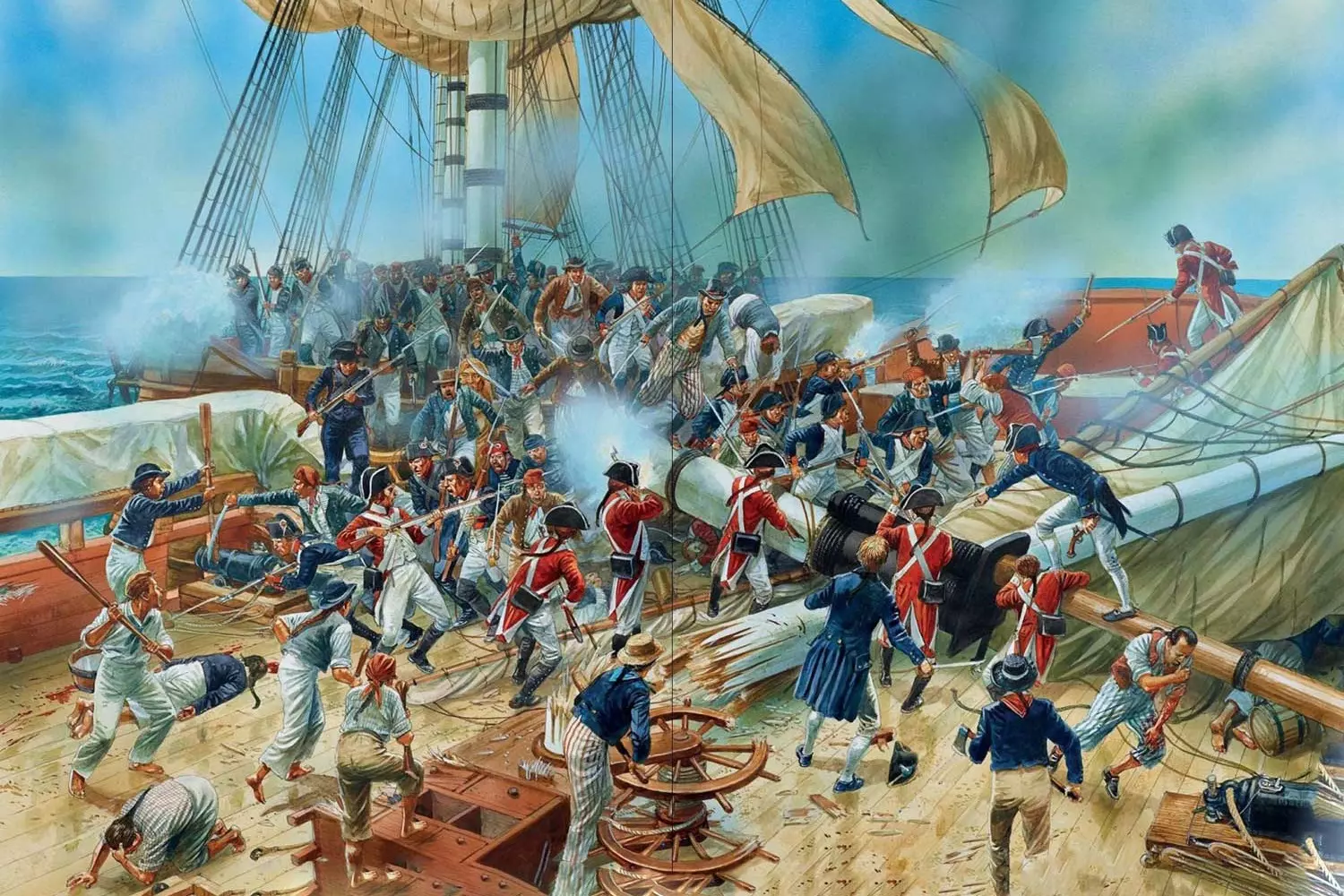
Simultaneously, British officials behaved like overseers rather than allies. Soldiers stationed in the cities irritated the locals — not only by their presence but also by their conduct. Trade was restricted, autonomy was stifled, and courts were controlled from London. This interference was perceived as an attempt to suppress initiative and impose a foreign will.
People in the colonies began to realize that London was not listening to their opinions. This was particularly felt in ports like Boston, where trade was a fundamental part of life. Any restrictions immediately hit their wallets. Discontent gradually turned into a movement. Discussions in taverns, publications in newspapers, local assemblies — all of this prepared society for resistance.
Britain, on the contrary, increased the pressure. Each new law added to the irritation. Instead of dialogue, there was dictation. And although many in London did not take it seriously, in America, there was increasing talk that it was time to act. The colonies were not yet striving for complete independence, but the mood was changing. The contradictions were becoming more and more apparent — and avoiding a collision was already impossible.
Villa Vizcaya: Miami's Historic Heritage
The East India Company and the Tea Act
The East India Company was one of the most powerful trading organizations of its time. It held exclusive rights to trade with India and other territories in Asia. The British Crown supported this company because it generated enormous revenue for the treasury. Over time, it became not just a commercial entity but essentially an instrument of Britain's influence in the colonies.
By the 1770s, the company's fortunes had declined. It had accumulated vast stocks of tea that it couldn't sell. Demand in Europe was falling, and taxes and corruption within the company itself were undermining its financial position. In London, a decision was made to rescue the company at the expense of the North American colonies. This led to the Tea Act of 1773.
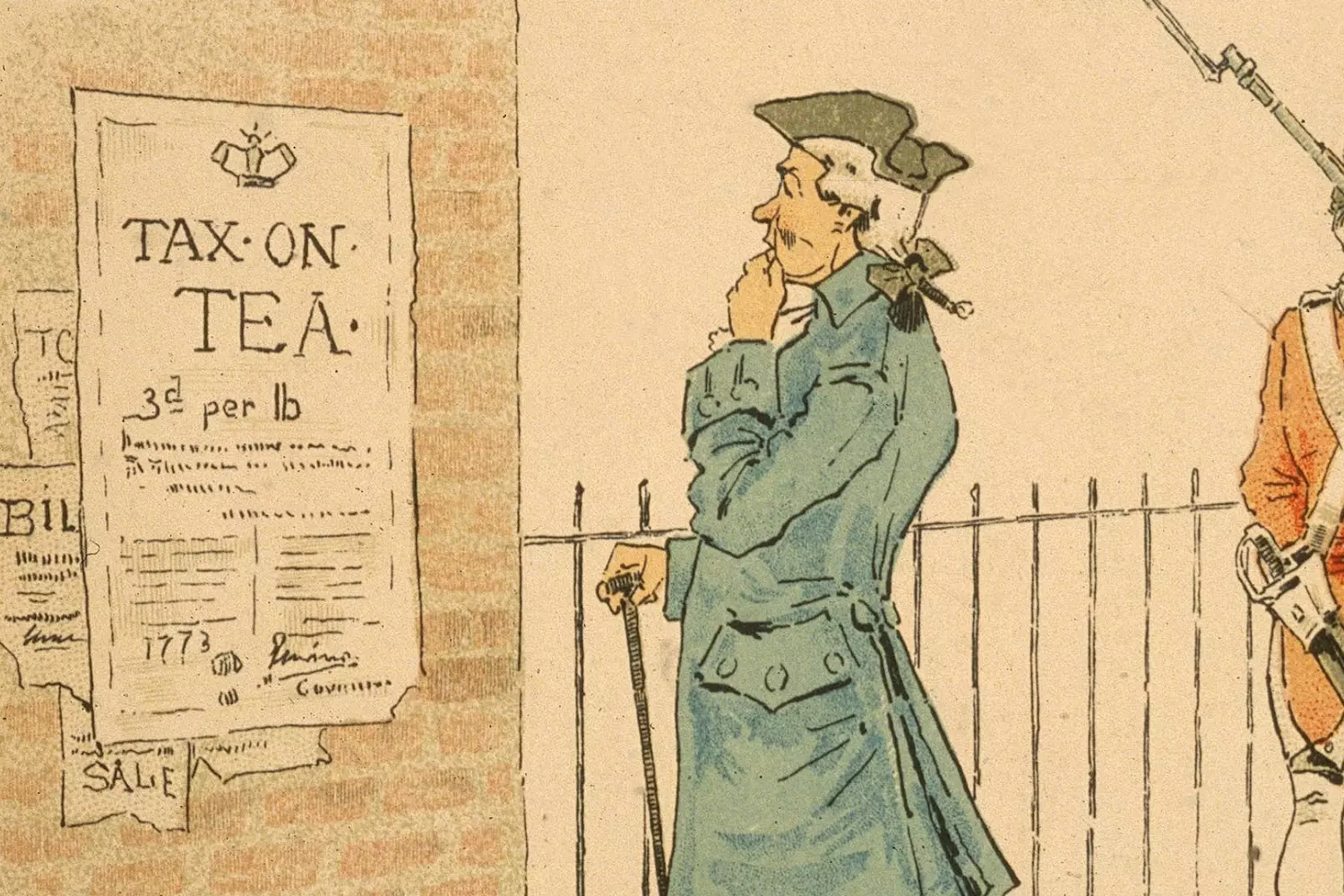
This act allowed the East India Company to sell tea directly to the American colonies, bypassing English intermediaries. At first glance, the price of tea should have become lower. But the colonists didn't care about the cost of the product — they were outraged by the very principle. The act solidified the company's monopoly and forced Americans to pay a tax established without their consent.
Furthermore, selling tea without competition undermined local businesses. Local merchants lost income, and consumers lost choice. All of this seemed unfair, an imposed decision. People saw this not just as a trade measure but as another step towards complete dependence on British authority.
The response was swift. In Boston, where the pressure from London was particularly acute, a group of people in December 1773 boarded the company's ships and dumped the entire cargo of tea into the water. This event became known as the Boston Tea Party. It was not spontaneous — it was a deliberate act of protest. People acted openly and with an understanding of the consequences. They were challenging not only the East India Company but the entire system in which the colonies had no right to decide their own destiny.
In Britain, this was perceived as an insult. In response, Parliament introduced new harsh measures that further increased tensions. The Tea Act, intended as a way to support one of the empire's largest companies, became the catalyst for a widespread protest movement and a step towards the future revolution.
The Boston Massacre: The Spark That Ignited the Process
By the beginning of 1770, relations between the residents of Boston and British soldiers were on the verge of collapse. The garrison had been stationed in the city for several years — formally to maintain order, but in reality, as a reminder of London's authority. This irritated almost everyone.
Reasons for Tension:
- British soldiers moonlighted for pay, competing with local residents.
- Trade suffered due to taxes and restrictions.
- Any discontent was suppressed by force.
The streets of Boston became a place of constant conflict. Soldiers provoked the townspeople, and the crowd, in response, did not remain silent. People felt that their opinions didn't matter to anyone. All of this accumulated — until an explosion occurred.
On March 5, 1770, a verbal altercation began near the customs house between soldiers and local residents. The crowd grew rapidly. Snowballs, sticks, and stones were thrown. The soldiers opened fire. Five people died on the spot, and several others were wounded. One of the dead — Crispus Attucks, a black sailor — later became a symbol of resistance.
Why This Was Important:
- It was the first instance of British military openly firing on colonists.
- The event quickly spread throughout the country — through pamphlets, leaflets, and engravings.
- A battle for public opinion began: London saw hooligans, Boston saw victims.
The Boston Massacre became the moment when talk of rights evolved into a political movement. People stopped hoping for justice from the king. They began to listen — not in Parliament, but to each other. A conviction arose in the city: things could not continue this way.
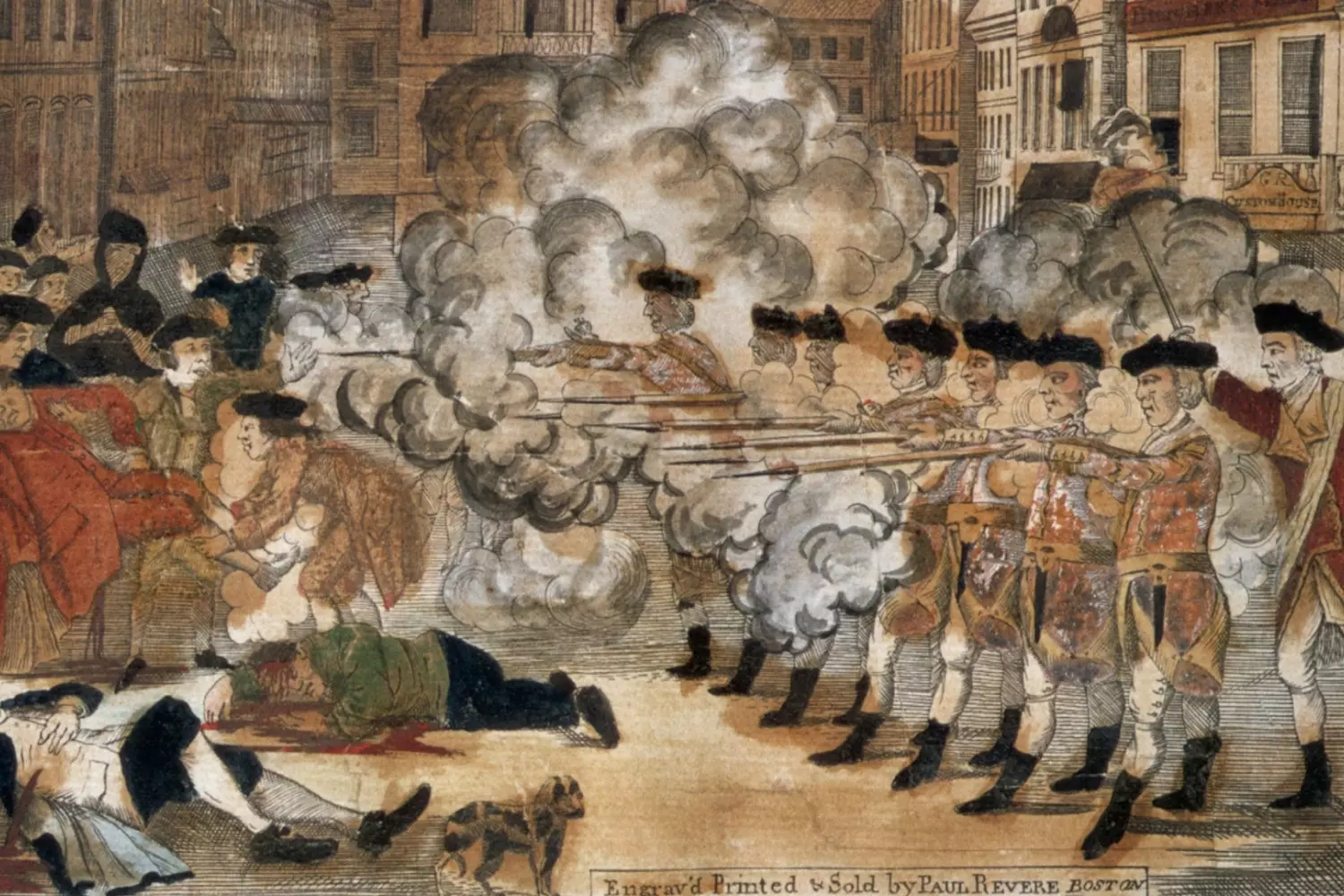
The Declaration of Independence: A Step Towards a New State
By mid-1776, it had become clear that relations with the British Empire could not be restored. The colonies were already at war, creating their own governing bodies, and discussing a common strategy. But legally, they were still considered subjects of the British Crown.
Why a Declaration Was Needed:
- Military actions without a political justification looked like rebellion.
- People in different colonies needed to understand what they were sacrificing for.
- International recognition was impossible without a clear declaration of independence.
In the second half of June, the Continental Congress tasked a group of delegates with preparing a draft document. Thomas Jefferson wrote the main text — with minor revisions from Benjamin Franklin, John Adams, and others.
Key Ideas of the Declaration:
- People have natural rights: to life, liberty, and the pursuit of happiness.
- Government exists with the consent of the governed.
- If a government violates these principles, the people have the right to alter or abolish it.
The majority of the text is a list of accusations against King George III. He is portrayed as a ruler who consistently infringed upon the rights of the colonies and hindered their development.
The document was signed on July 4, 1776. This day became the official birthday of the United States. At that moment, the country had neither an army in the conventional sense, nor an economy, nor recognition from other states — there was only text on paper and the will for self-determination.
Why the Declaration Is Important:
- It was the first legal act that rejected the monarch's right to govern the colonies.
- It inspired other nations to fight for freedom — from France to Latin America.
- Since then, every American has perceived this text not as an archival document, but as the foundation of their statehood.
The Declaration became the moral and political foundation of the new country. It did not solve all the problems — but it provided a goal and direction. It was from this point that the history of the USA as an independent nation began.
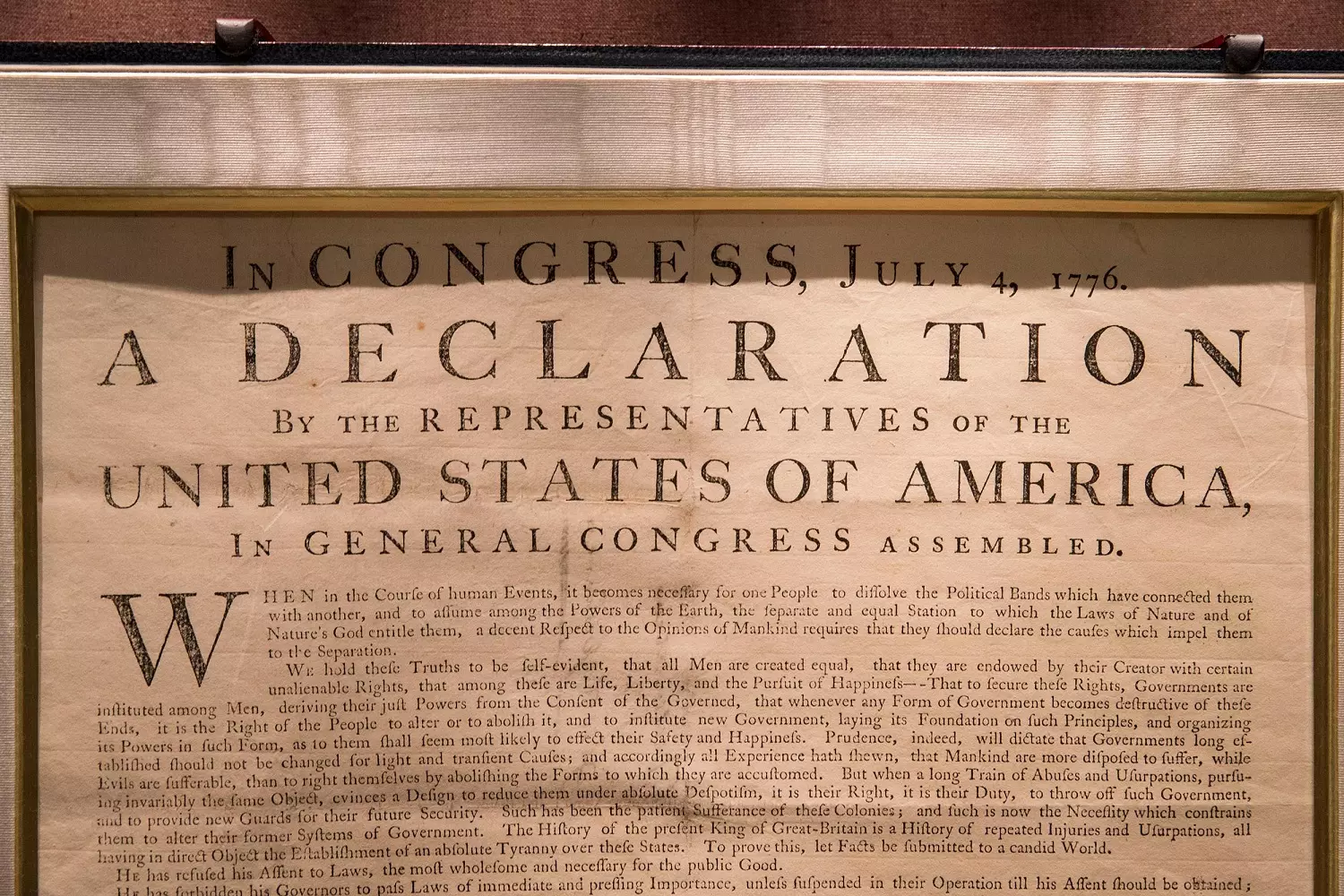
What Happened Next
Following the signing of the Declaration of Independence, the conflict between the colonies and Britain definitively entered a phase of open war. The Revolutionary War lasted from 1775 to 1783. The colonies did not have a professional army but had the support of a significant portion of the population, determination, and charismatic leaders like George Washington.
Key Events After the Declaration:
- 1777 — The victory at Saratoga, which convinced France to enter the war on the side of the USA.
- 1781 — The surrender of the British army at Yorktown.
- 1783 — The Treaty of Paris: Britain officially recognized the independence of the United States.
After the victory, a long process of building their own state began. It took several years to develop the Constitution, form the institutions of government, and establish cooperation between the states. But the main goal had been achieved — the control of the mother country was a thing of the past.
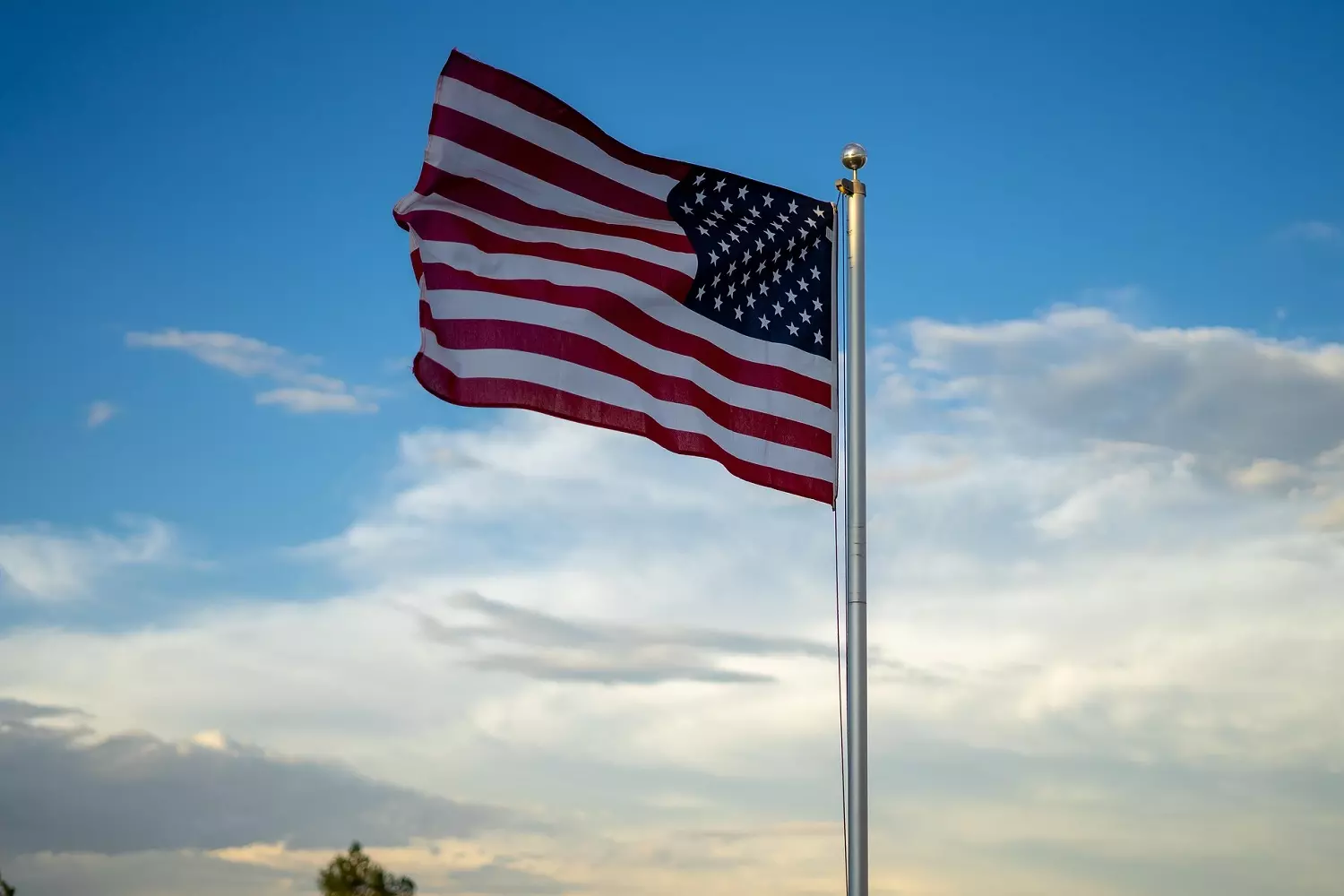
The story of the USA's formation began with discontent over taxes and ended with the creation of a new country. Important events — the Boston Massacre, the Tea Act, protests, the Declaration — were not accidental. It was a chain reaction in which each step strengthened the people's desire to determine their own destiny.
The USA did not appear in an office or on a map — it was born in protests, debates, and struggle. This path was difficult, but it was precisely this journey that shaped a country founded on the principles of freedom, equality, and self-reliance.

































